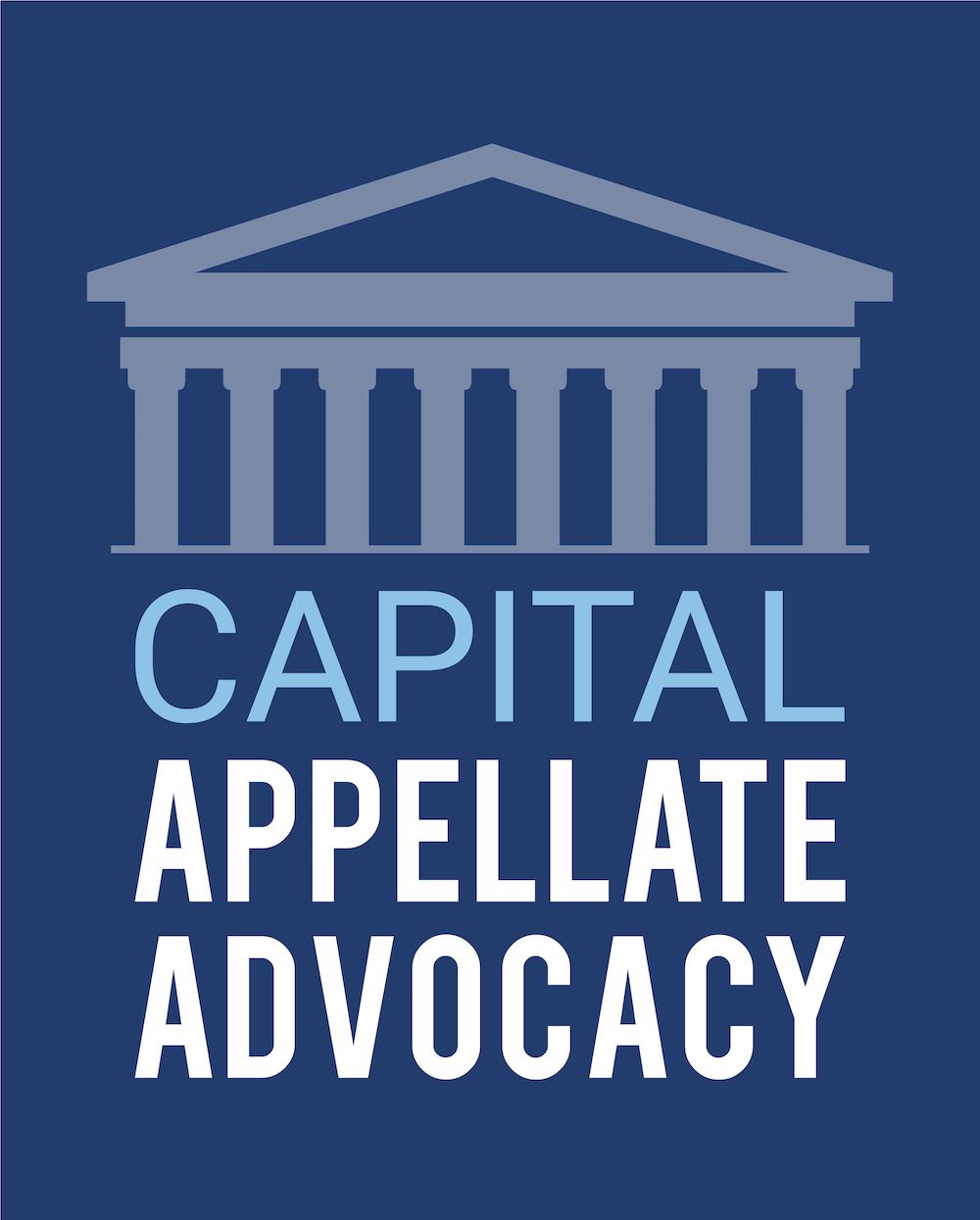Late last term, the U.S. Supreme Court issued several decisions that reveal, in a variety of contexts, the justices’ current thinking on the role and application of stare decisis. My new Legal Backgrounder for the Washington Legal Foundation, The Fuss Over “Stare Decisis”: Four October Term 2018 Rulings Open Window to Justices’ Current Thinking, discusses several justices’ views on this important “let the decision stand” doctrine, which the Supreme Court considers whenever it is called upon to overturn one of its own case precedents (click Download button above for pdf version of article).
Stare decisis is a fundamental precept of American jurisprudence. The Court has explained that stare decisis “promotes the evenhanded, predictable, and consistent development of legal principles, fosters reliance on judicial decisions, and contributes to the actual and perceived integrity of the judicial process.” Payne v. Tennessee, 501 U.S. 808, 827 (1991). But does it? Or in reality, has stare decisis become an expedient for justices and litigants who, for whatever reason, want the Court to hang onto deeply flawed precedents?
Justices Thomas and Gorsuch in particular appear to believe that the Court’s reliance on stare decisis in deciding cases has strayed too far, at least where the reasoning or holding of a prior case is demonstrably flawed. The extent to which stare decisis will continue to be used in the future to preserve precedents whosewisdom is merely disputable, however, remains to be seen.
